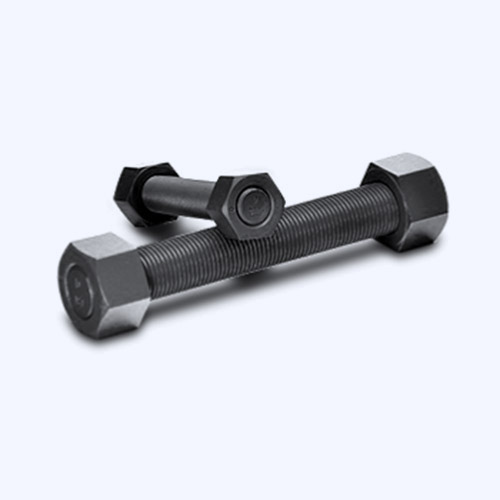Set . 21, 2024 20:07 Back to list
304 stainless threaded rod
The Versatile 304% Stainless Threaded Rod A Comprehensive Overview
In the realm of construction, manufacturing, and various engineering applications, the importance of durable and reliable materials cannot be overstated. Among the variety of materials available, the 304 stainless threaded rod stands out as an exceptional choice for numerous applications. This article delves into the characteristics, advantages, and uses of 304 stainless threaded rods, elucidating why they are a preferred option in many industries.
At the heart of any threaded rod's functionality is its material composition. The 304 stainless steel alloy is known for its excellent corrosion resistance, high strength, and versatility. It is an austenitic type of stainless steel, containing approximately 18% chromium and 8% nickel. This specific composition not only grants the rod its anti-corrosive properties but also enhances its ability to withstand extreme temperatures. As a result, 304 stainless threaded rods are particularly beneficial in environments where exposure to moisture, chemicals, and other harsh conditions is common.
One of the most notable benefits of these rods is their mechanical properties. They exhibit high tensile strength, making them suitable for applications that require strong bolts and fasteners. Additionally, 304 stainless threaded rods possess excellent ductility, allowing them to be easily machined and fabricated. This ease of manufacturing means that they can be adapted for various lengths and diameters to suit specific project requirements, enhancing their appeal to engineers and contractors alike.
304 stainless threaded rod

Applications of 304 stainless threaded rods are incredibly diverse. They find utility in various sectors, including construction, automotive, aerospace, and marine industries. For construction projects, these rods serve as key components in structural support systems, including scaffolding and anchoring systems. The automotive industry employs them for securing components and ensuring the durability of vehicles. In marine applications, their corrosion resistance makes them ideal for use in boats, bridges, and other structures exposed to salty environments.
Moreover, 304 stainless threaded rods are often preferred over other materials due to their aesthetic appeal. The smooth finish and silvery sheen of stainless steel can enhance the visual quality of a project, making them a popular choice not only for functional applications but also for decorative purposes.
In conclusion, the 304 stainless threaded rod is a remarkable material that combines strength, corrosion resistance, and versatility. Its wide range of applications across various industries illustrates its essential role in modern construction and manufacturing. Engineers and manufacturers continue to rely on this material to create safe, durable, and aesthetically pleasing products. As projects grow in complexity and demands for sustainability increase, the utilization of 304 stainless threaded rods is likely to expand, making them an invaluable asset in the engineering toolkit.


